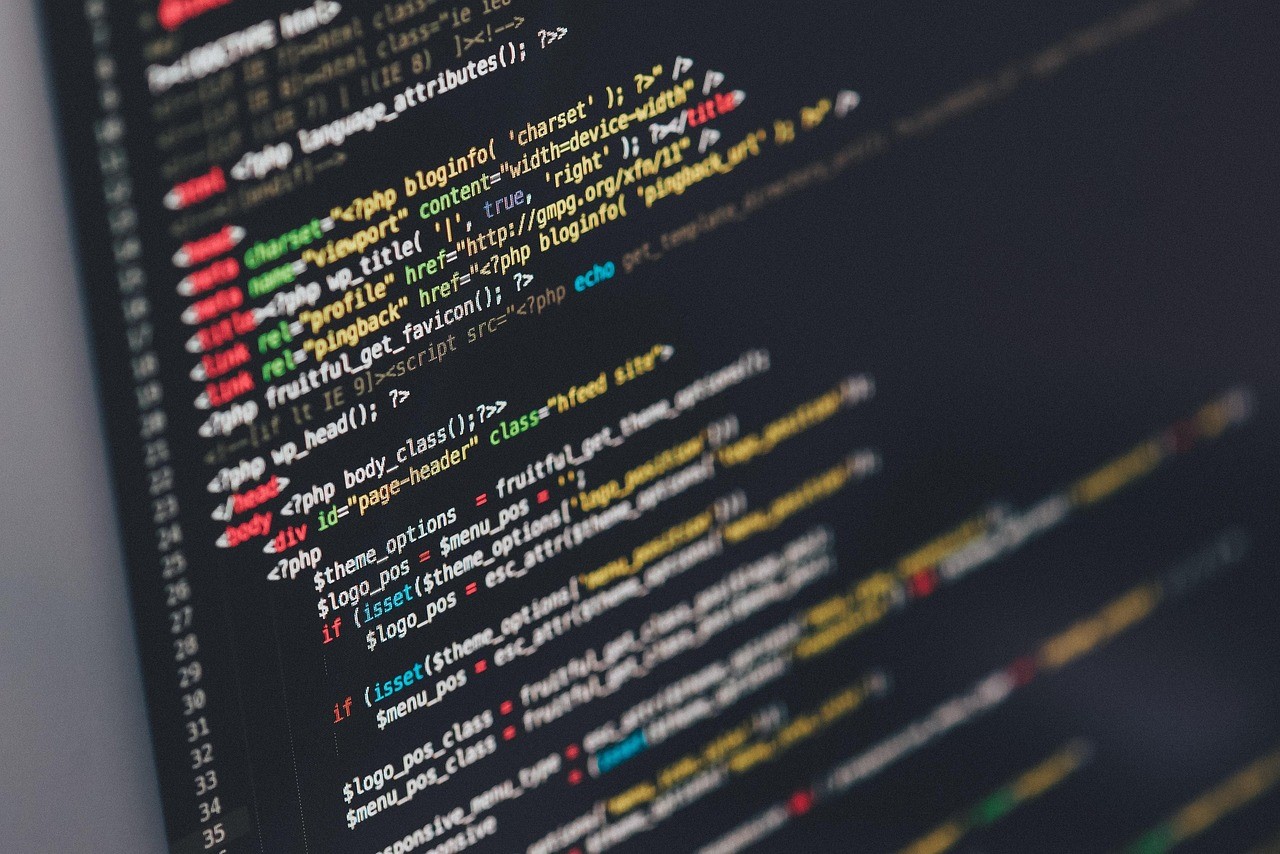The past decade has witnessed numerous innovations in the mobile app development industry. Anticipating the year 2025, the industry continues to be shaped by transformative technologies in accordance with the evolving consumer behavior. Ranging from the implementation of AI and ML algorithms to low-code development and high-end apps, the trends are molding the app developers as well as the consumers.
Let us talk about some of the most groundbreaking trends of mobile app development space to watch in 2025:
1. AI Integration
Artificial intelligence has transcended being a niche innovation; it has evolved into the core foundation of many application models. AI is redefining the trajectory of app development to provide a seamless, user-centric, and personalized experience to everyone. AI utilizes clickstream analytics to learn users’ preferences and suggest content tailored to them. Many applications for food delivery, fitness, and streaming platforms such as Netflix and Spotify utilize AI to offer users tailored suggestions. As AI models continue to advance, accurately forecasting user behavior will lead to greater integration within various mobile applications, boosting user engagement.
2. Rise Of Apps for Foldable Smartphones
Recall when flip phones were extremely popular in the ’90s?!! Indeed, they have come back, but they are more knowledgeable and resilient. With dual touchscreens and a robust design, these smartphones can easily convert from a smartphone to a tablet. The market for foldable smartphones is flourishing, featuring devices like the Samsung Galaxy Z Fold 6 and Google Pixel 9 Pro Fold, which enable the development of apps tailored for these cutting-edge designs. These applications must be flexible enough to handle the changing graphics of the phone while preserving the apps’ integrity. Foldable smartphones create distinct possibilities for crafting customized apps, delivering users a more satisfying and enjoyable experience.
3. Personalized AI Chatbots
Chatbots are a groundbreaking invention revolutionizing user interaction with apps. These chatbots provide answers to the users’ questions, helping them with their search. The addition of AI to these answering bots improves the customer experience and makes complex customer service functions easier. You just have to ask, for instance, if you say, “Find me a shopping hub nearby that sells polo shirts”, you will get the answer instantly.
Numerous sectors, such as food and beverages, finance, and healthcare, have adopted chatbots to enhance the overall user experience. Financial institutions have incorporated these digital helpers into their mobile apps to assist users in accessing accounts, managing banking details, and making financial choices.
This innovation saves the valuable time of users, without paying for additional costs, while making the user interface more interactive.
4. Innovations In Low-Code
Low-code development is an emerging domain transforming the way apps are created. Low code contains user-friendly tools that can be accessed by everyone, regardless of their coding skills. This approach streamlines software development and removes complications. The outlook for app development is promising, since companies no longer need to face long delays for an app to be created. Low-code saves time and reduces additional costs of app development. Additionally, employing AI and ML algorithms streamlines the creation of rapid prompts, improving low-code effectiveness in carrying out intricate tasks.
Conclusion:
Increased software development has brought improvements in app development, aligning with customer preferences, and enhancing apps to be more agile, interactive, and scalable. Developments in immersive technologies such as generative AI, foldable phones, and low-code technologies have opened doors for interactions in a broad range of industry verticals, such as gaming, retail, banking, and logistics.
This availability has facilitated developers to provide top-notch apps at not only inexpensive prices but with the competence to address everyday challenges and enhance lives. These technologies are the face of the future, shining and radiant, providing effortless and intelligent user experiences.
